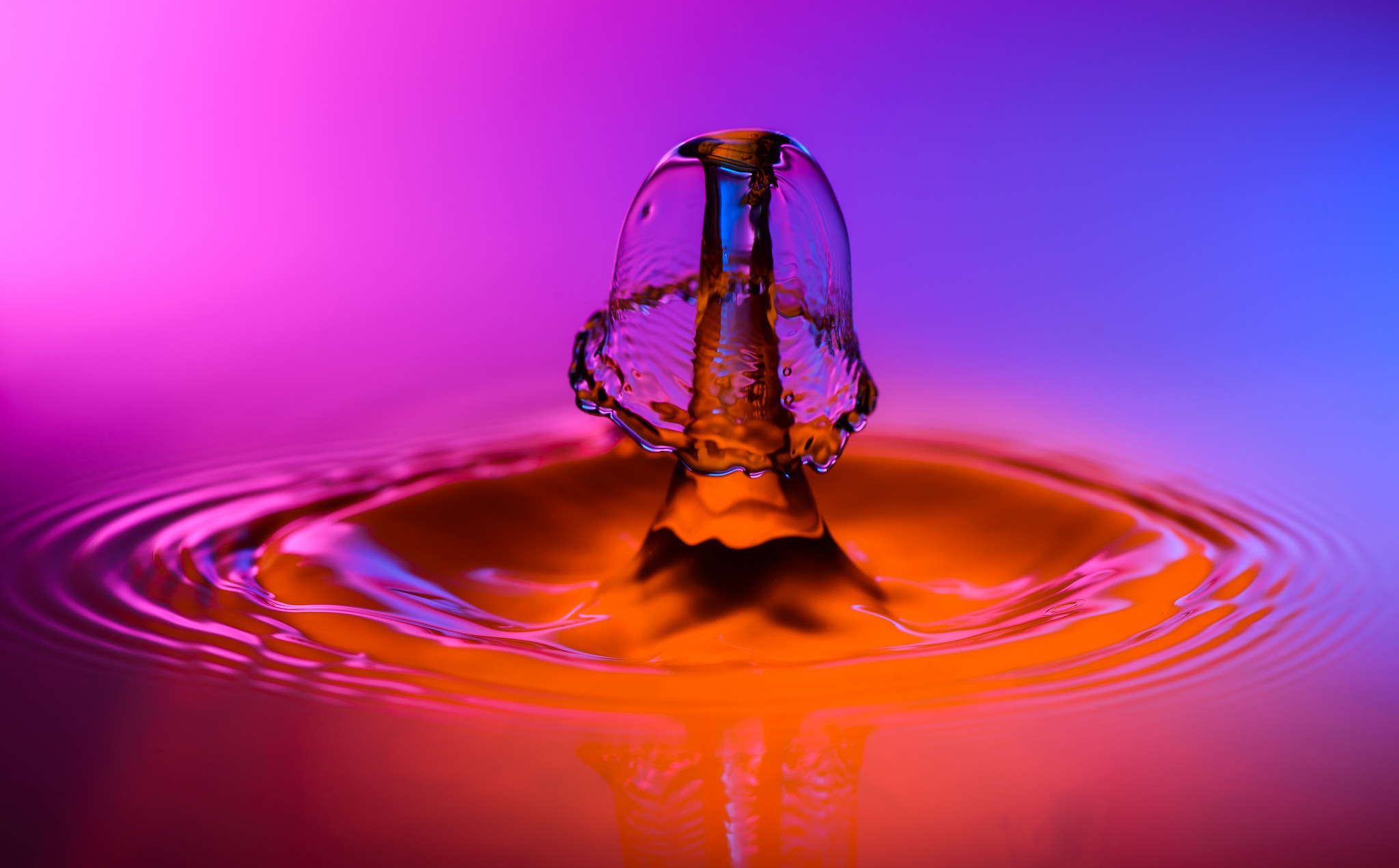

Whether or not you use this surface tension experiment to go into depth about how water molecules, tension and cohesion work, water drop races provide lots of entertainment! No doubt, they will have fun sucking water drops up the straw and blowing them back out! My kid loved blowing his off the table to "plop" on the floor! ( It's just water, after all.) Conclusions
#Water drop how to
Kids will also learn how to blow water beads together to merge them into larger droplets. Young scientists can explore surface tension strength by blowing air through the straw extra hard, which will cause larger water drops break up into smaller water beads. Kids will start to notice ways in which they can control their water drops. With a straw, young scientists attempt to blow their water drop from the starting line to the finishing line. As young scientists continue to experiment, they may want to explore using larger and smaller drops. Using the water dropper, transfer several drops of water to the starting line. If you like, mark out a starting and finishing line. Set out a large piece of waxed paper on a flat surface. You will need: one straw per scientist glass of water water dropper wax paper or parchment paper However, even if your child is too young to grasp the concepts of surface tension and the bonding properties of water molecules, it's still a super fun indoor activity that will make kids say, "Cool!!!" Water Drop Surface Tension Experiment The waxy paper keeps the water from being absorbed away by the surface they sit on. Leaves during a rain storm also demonstrate water's cohesive nature.įor this water drop race experiment, surface tension is responsible for the spherical shape of the water droplets.

You can also observe surface tension by floating a paper clip on the surface of water.īugs also use surface tension to hang out on ponds and streams. USGAĪ classic kids surface tension experiment is the one where you drip water drop by drop onto a penny. The molecules at the surface of a glass of water do not have other water molecules on all sides of them and consequently they cohere more strongly to those directly associated with them. The cohesive forces between liquid molecules are responsible for the phenomenon known as surface tension. water drop falling and impacting on a body of water close up. The property of the surface of a liquid that allows it to resist an external force, due to the cohesive nature of its molecules.


 0 kommentar(er)
0 kommentar(er)
